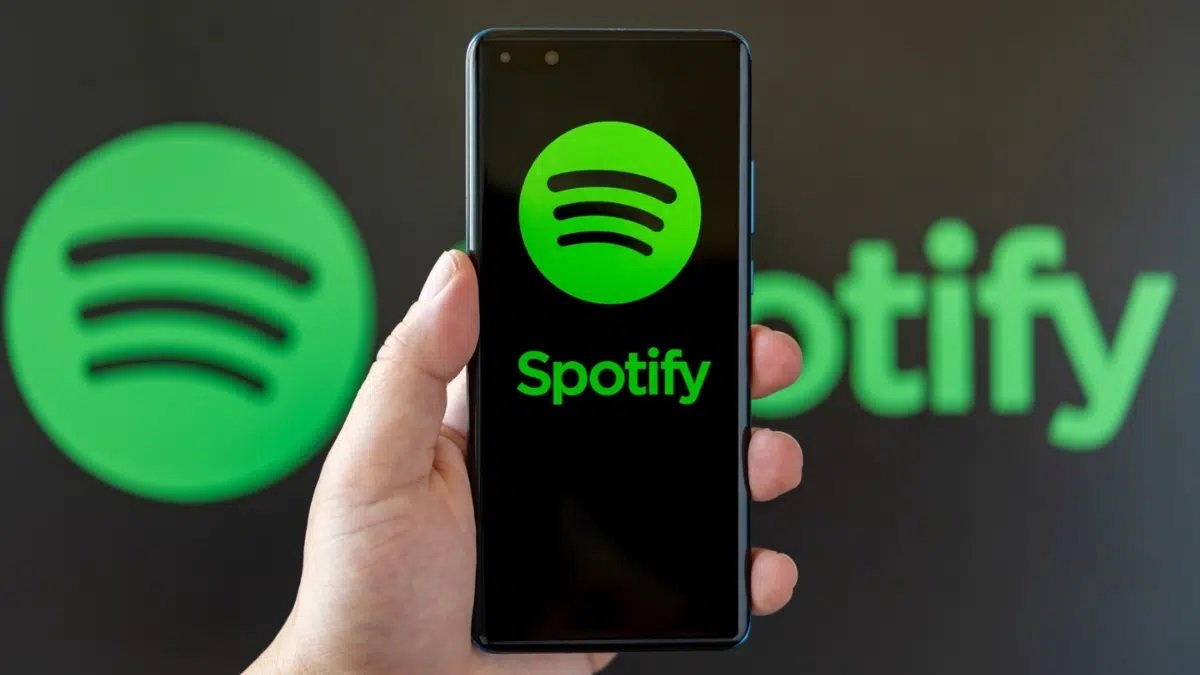
If you’re serious about improving your website’s visibility in search engines, link building remains one of the most powerful tools in your SEO arsenal. One of the most debated tactics within this field is whether or not to use a white label link building service. For years, SEO professionals have debated the ethics, effectiveness, and risks of purchasing backlinks. The truth, however, is more complex than simply labeling link buying as “bad” or “black hat.”
In this article, we’ll explore the differences between white hat and black hat link building, examine the real-world advantages of buying links, and help you make a smart, strategic decision for your website’s growth.
What Is link building?
Link building refers to the process of acquiring hyperlinks from other websites that point to your own. These backlinks signal to search engines that your content is trustworthy, relevant, and authoritative. As a result, link building is often a key component of any successful SEO campaign.
However, the method you use to acquire links can influence both the impact on rankings and your site’s long-term health. That’s why understanding the difference between white hat and black hat tactics is crucial.
What Is White Hat Link Building?
White hat link building involves earning links through ethical, Google-approved methods. These tactics focus on creating genuine value and building relationships within your industry.
Common white hat strategies include:
- Guest posting on authority websites in your niche
- Creating original, high-quality content that others naturally want to link to
- Using digital PR to gain media coverage and brand mentions
- Identifying and fixing broken links on other sites
- Building links through genuine outreach and networking
White hat tactics align with search engine guidelines and help build a strong, long-term SEO foundation.
What Is Black Hat Link Building?
Black hat link building involves manipulative techniques designed to trick search engines into improving a site’s rankings. These methods violate Google’s Webmaster Guidelines and can lead to penalties or removal from search results.
Common black hat practices include:
- Buying links from shady link farms or private blog networks (PBNs)
- Using automated tools to spam forums and comment sections
- Cloaking links or hiding them in code
- Excessive link exchanges or low-quality directory submissions
While these tactics may yield short-term results, they’re risky and can severely damage a website’s reputation and rankings.
The potential advantages of buying links
Despite the warnings, many businesses choose to buy links and for good reason. When executed responsibly, buying backlinks from reputable, relevant websites can be a highly effective SEO strategy.
Key advantages include:
- Faster results: Organic link acquisition takes time. Paid links can help you rank more quickly, especially in competitive industries.
- Boost in domain authority: High-authority backlinks can significantly improve your domain metrics, which in turn helps future content rank better.
- Increased referral traffic: If the links are placed on real sites with active audiences, they can drive targeted traffic to your site.
- Brand exposure: Backlinks from quality publications can also raise your brand’s profile.
- Scalability: Buying links allows businesses to scale link building without the slow process of outreach and negotiation.
When done right—meaning links are purchased from trustworthy, relevant websites with real editorial value—the practice can provide measurable, legitimate benefits.
The Risks of buying links
That said, buying links isn’t without its downsides. If you buy links indiscriminately or from disreputable sources, you run the risk of harming your SEO rather than helping it.
Risks include:
- Google penalties: If the algorithm detects an unnatural link pattern, you could receive a manual action that drops your rankings.
- Wasted budget: Paying for links on low-quality, irrelevant, or deindexed sites can result in no return on investment.
- Loss of trust: Associating with spammy or irrelevant sites may harm your brand reputation.
- Recovery time: If penalized, cleaning up your backlink profile and regaining lost rankings can take months.
However, these risks are not inherent to all paid link strategies. They mainly apply to aggressive, low-quality link buying without vetting or strategy.
Is There a middle ground?
Yes. In reality, many SEO professionals today operate in a gray hat space—using a mix of organic outreach and strategic paid placements. For instance, paying for a sponsored article on a high-quality site with transparent labeling (such as rel=”sponsored” or rel=”nofollow”) can still deliver traffic, brand visibility, and even indirect SEO benefits.
Google may discourage paid links, but its primary concern is manipulation without disclosure. If the links add value for users and are relevant to the content, they’re unlikely to trigger penalties.
How to buy links safely and strategically
If you decide to include paid link placements in your SEO plan, follow these best practices to minimize risk and maximize value:
- Vet the website – Ensure it has real traffic, editorial standards, and topical relevance.
- Avoid link farms – Stay away from networks that sell links in bulk with no regard for quality.
- Use proper link attributes – Consider using rel=”sponsored” or nofollow for transparency.
- Prioritize relevance over authority – A contextual link on a niche site is often more valuable than a generic link on a high DA site.
- Monitor your backlink profile – Use tools like Ahrefs, SEMrush, or Google Search Console to track the quality of incoming links.
When viewed as a complement to a broader SEO and content strategy—not a shortcut—buying links can be a smart business decision.
Final thoughts
The debate between white hat and black hat link building is less about labels and more about intent, quality, and sustainability. While white hat techniques offer the safest and most ethical path, buying links can be a legitimate strategy when done carefully, transparently, and with long-term value in mind.
In the end, SEO isn’t black and white. It’s about making informed decisions based on your goals, competition, and resources. Whether you choose to build links organically, buy links, or use a mix of both, focus on creating real value—for your users and your business.





